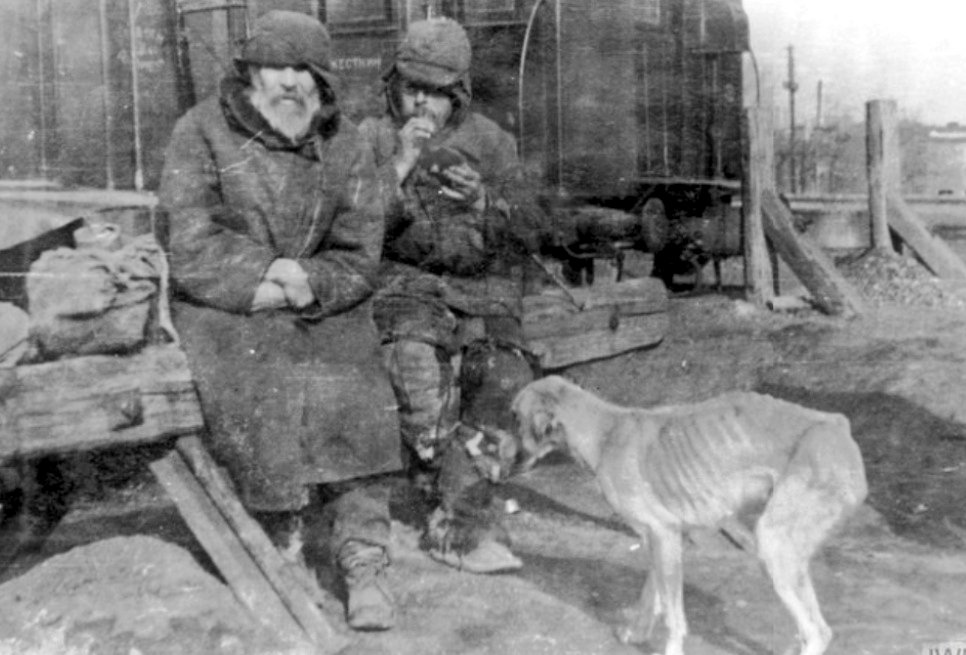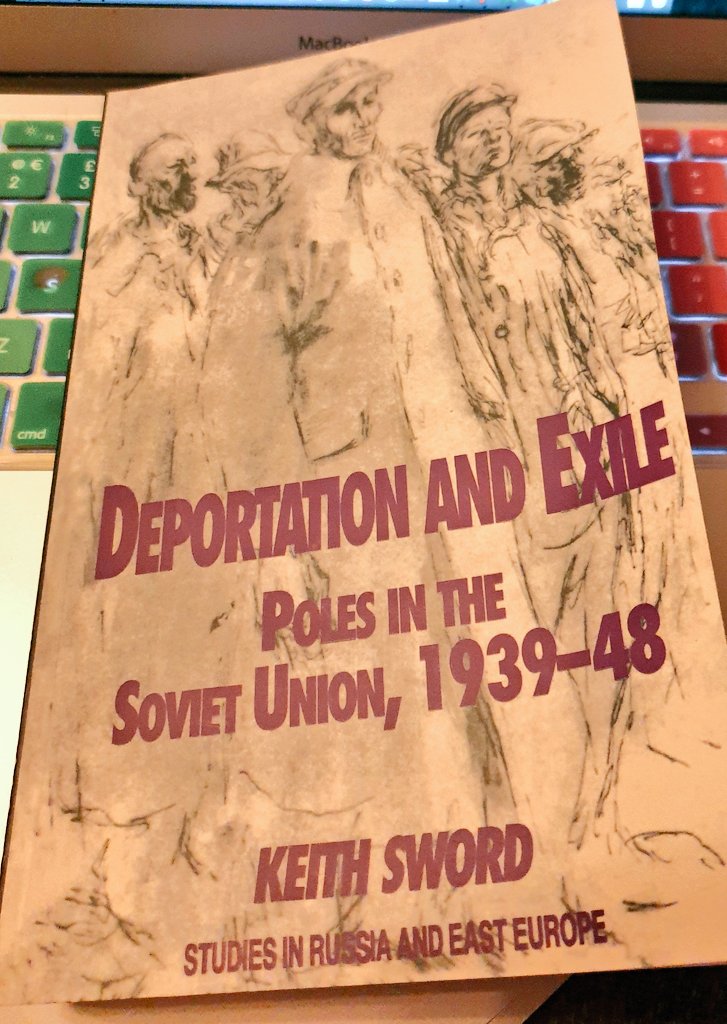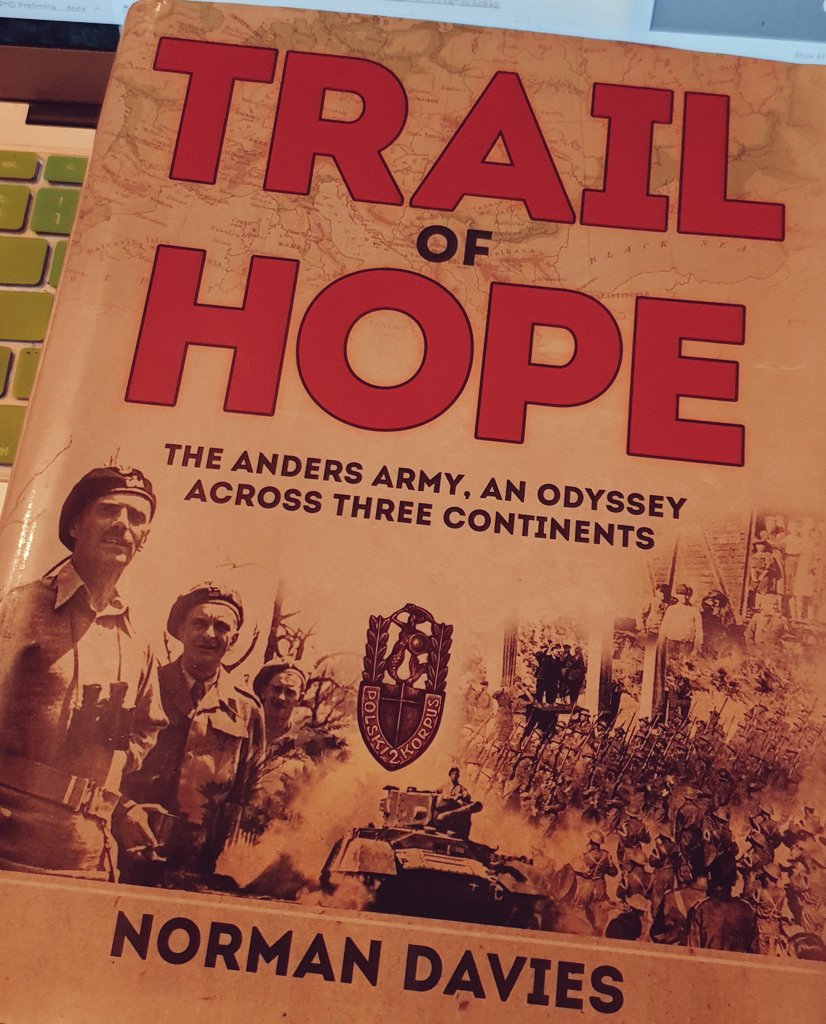1/
'It must be carried out with absolute calm so as not to spark resistance or panic among the local populace.'
A short thread on the mass deportations of Poles to Siberia, the first of which began during the night of 9-10th February 1940, 80 years ago today.
...
'It must be carried out with absolute calm so as not to spark resistance or panic among the local populace.'
A short thread on the mass deportations of Poles to Siberia, the first of which began during the night of 9-10th February 1940, 80 years ago today.
...
2/
This can only be the briefest of outlines, this being Twitter and all, so do jump in with more details and family memories.
....
This can only be the briefest of outlines, this being Twitter and all, so do jump in with more details and family memories.
....
3/
The Soviet invasion on 17th September was met with initial confusion among many Poles, a fog of disinformation concealing the true purpose of the Soviet presence - to entirely annex eastern Poland.
Sovietisation began soon after.
...
The Soviet invasion on 17th September was met with initial confusion among many Poles, a fog of disinformation concealing the true purpose of the Soviet presence - to entirely annex eastern Poland.
Sovietisation began soon after.
...
4/
This included purging the new lands of 'anti-Soviet' elements, and exiling them to Russia's traditional oubliette, Siberia.
The first deportation principally targeted 'osadniks' (recipients of state land in the aftermath of the Polish-Bolshevik War), and forestry workers.
This included purging the new lands of 'anti-Soviet' elements, and exiling them to Russia's traditional oubliette, Siberia.
The first deportation principally targeted 'osadniks' (recipients of state land in the aftermath of the Polish-Bolshevik War), and forestry workers.
5/
The lists of those to be targeted had been prepared well in advance, and the arrests by the NKVD, local militias, Communist civilians and the army were choreographed to maximise confusion, in the middle of the dark winter night.
Accounts vary from family to family.
The lists of those to be targeted had been prepared well in advance, and the arrests by the NKVD, local militias, Communist civilians and the army were choreographed to maximise confusion, in the middle of the dark winter night.
Accounts vary from family to family.
6/
The Poles were told to pack everything for their journeys, but the time given to pack varied, from 15 minutes to 3 hours.
The attitude of the Soviet agents also varied - Babcia's family were given an hour, but also advice on what to pack.
The Poles were told to pack everything for their journeys, but the time given to pack varied, from 15 minutes to 3 hours.
The attitude of the Soviet agents also varied - Babcia's family were given an hour, but also advice on what to pack.
7/
Sword gives the example of the Zalewski family, who were given little time before they and their young children, still in their nightclothes, were bundled into the carts.
They were then taken to train stations (Suwałki for Babcia) and loaded into freight wagons.
...
Sword gives the example of the Zalewski family, who were given little time before they and their young children, still in their nightclothes, were bundled into the carts.
They were then taken to train stations (Suwałki for Babcia) and loaded into freight wagons.
...
8/
These could be shared with 50, 60, 70 other people - a hole in the floor as a toilet, perhaps a stove, and rations every 2-3 days - black bread, hot water - and this was not offered until the trains were within Soviet territory.
These could be shared with 50, 60, 70 other people - a hole in the floor as a toilet, perhaps a stove, and rations every 2-3 days - black bread, hot water - and this was not offered until the trains were within Soviet territory.
9/
Infrequent stops offered the chance to buy or barter food from locals, or collect firewood, but also carried the risk of being left behind if the train left suddenly.
Given the lack of food, water, ventilation, c.10% of deportees are estimated to have died on the journey.
Infrequent stops offered the chance to buy or barter food from locals, or collect firewood, but also carried the risk of being left behind if the train left suddenly.
Given the lack of food, water, ventilation, c.10% of deportees are estimated to have died on the journey.
10/
The very young and the very old suffered the most.
The disposal of bodies was not simple - if time allowed, they could be buried alongside the railway line.
Sword writes of the bodies of babies being pushed through the window of the moving train.
The very young and the very old suffered the most.
The disposal of bodies was not simple - if time allowed, they could be buried alongside the railway line.
Sword writes of the bodies of babies being pushed through the window of the moving train.
11/
The first mass deportation transported the Poles to the far north, to Archangel and Vologda, and to the central regions closer to Mongolia - Irkutsk, where Babcia was taken, and Novosibirsk.
Sword reports that all other movement on the railway was suspended.
The first mass deportation transported the Poles to the far north, to Archangel and Vologda, and to the central regions closer to Mongolia - Irkutsk, where Babcia was taken, and Novosibirsk.
Sword reports that all other movement on the railway was suspended.
12/
A second deportation occurred in April, a third and fourth in June.
There was a 2-month lag to allow the trains to reach their destination and return to occupied Poland, with each wave carrying approximately a quarter of a million people.
This ended only with Barbarossa.
A second deportation occurred in April, a third and fourth in June.
There was a 2-month lag to allow the trains to reach their destination and return to occupied Poland, with each wave carrying approximately a quarter of a million people.
This ended only with Barbarossa.
13/
Those who escaped, following the 'amnesty' and the efforts of General Anders, represented perhaps only 10% of the total number of Poles deported.
Further deportations occurred in 1944-45, targeting the Home Army - many Poles were not repatriated until the late 1940s.
Those who escaped, following the 'amnesty' and the efforts of General Anders, represented perhaps only 10% of the total number of Poles deported.
Further deportations occurred in 1944-45, targeting the Home Army - many Poles were not repatriated until the late 1940s.
14/
Numerous memoirs exist detailing the experiences of families within Siberia; the BBC article, 'Unknown Holocaust' is a solid summary, and the Kresy-Siberia website is a superb repository for all things Sybiracy.
Do follow @polishodyssey and @KresySiberia.
Numerous memoirs exist detailing the experiences of families within Siberia; the BBC article, 'Unknown Holocaust' is a solid summary, and the Kresy-Siberia website is a superb repository for all things Sybiracy.
Do follow @polishodyssey and @KresySiberia.

 Read on Twitter
Read on Twitter





